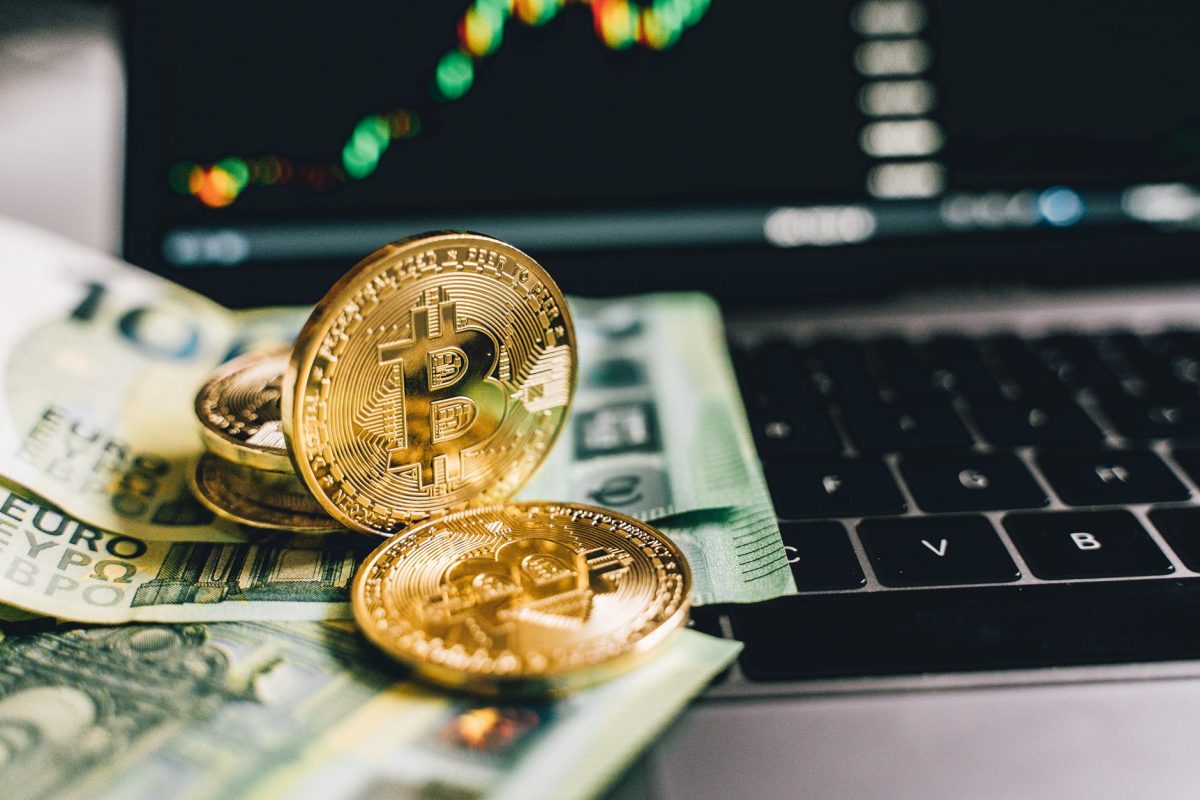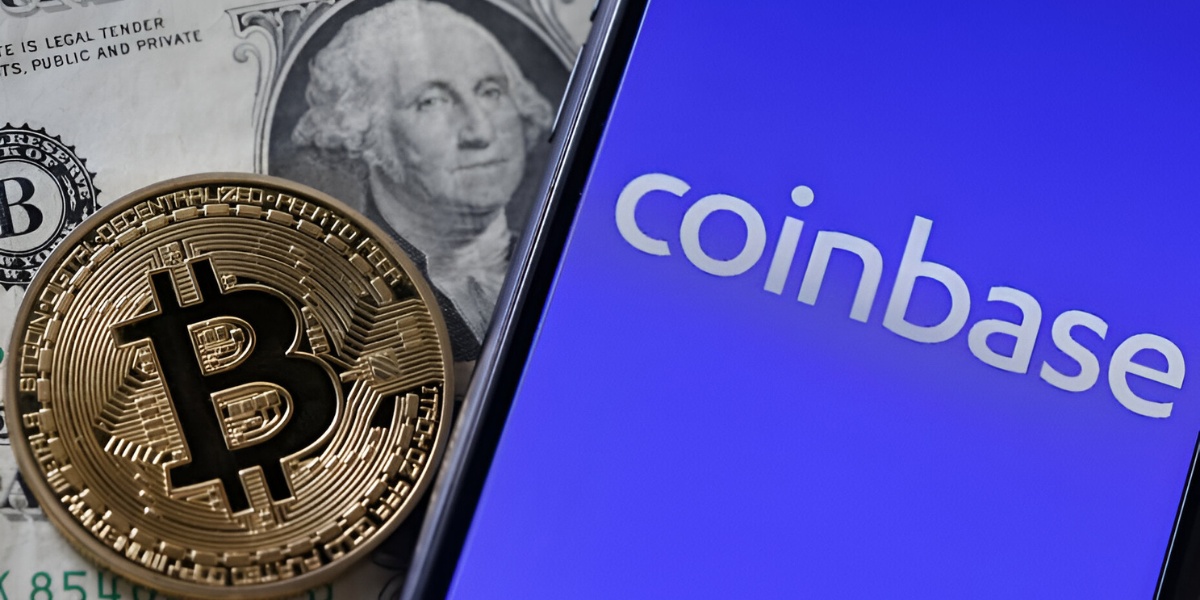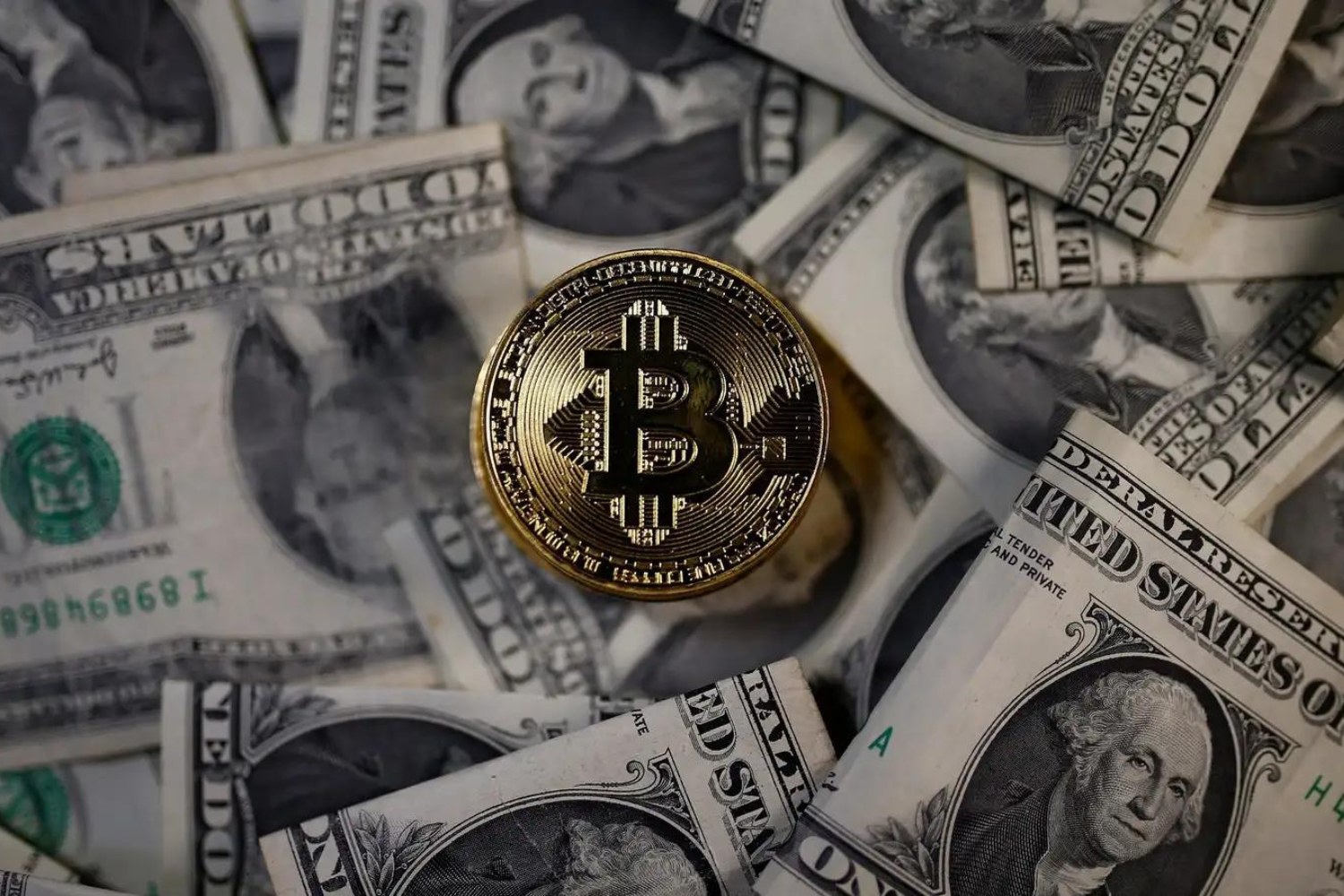

A new and more stable breed of cryptocurrency is on the rise, aptly named stablecoins. The stablecoin has its value tied to fiat currencies, which makes for stable prices. Its price stability makes it the perfect foil to highly volatile cryptocurrencies like Bitcoin and Ethereum. This stability helps investors stay afloat in the market for the long term and keeps losses at a minimum. It also makes for the perfect mode of payment for goods and services sold online.
In this article, we’ll take a look at stablecoins and the features that make them the ideal medium of investment and payment. But first, what is a cryptocurrency and how does it work?
What Are Cryptocurrencies?
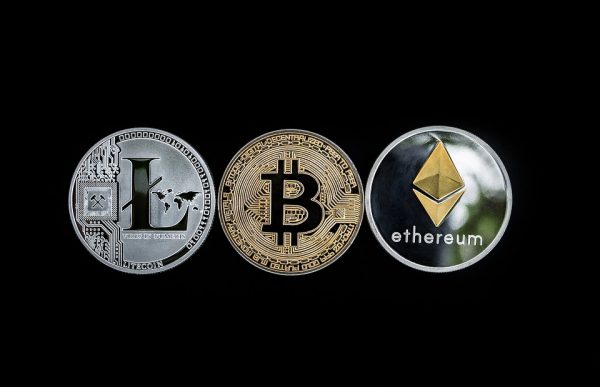

Cryptocurrency is a digital asset or token that doesn’t follow the standard financial channels. Like any other type of currency, cryptocurrencies have their financial value that can grow or fluctuate depending on market conditions. Though it’s a pseudo-currency, it’s also a valid method of payment. But of course, you would have to pay money to get the cryptocurrency before you can use it to make a purchase. There are two ways to look at cryptocurrency, first as a system of value and as a medium of exchange. To explore this topic further, here is a complete guide to cryptocurrency for beginners.
System of Value


When we say that cryptocurrency has value, we mean that it can be purchased and sold like a commodity. Like any other commodity, the value or price of a cryptocurrency fluctuates over time. The demand for the cryptocurrency largely determines its price, since it doesn’t have an underlying product or service. Heavy demand from consumers will push its prices up, while a heavy supply with little demand pushes it down. Investors profit off cryptocurrency by taking advantage of price fluctuations.
Medium of Exchange


On the other hand, cryptocurrencies also function as a medium of exchange. You can use them to purchase goods and services online.
Cryptocurrencies exist exclusively online and do not have a physical form. While you can exchange cryptocurrency for money, it has no direct coin or paper money equivalent. It only presents as lines of code and a value within a cryptocurrency program. This makes it easy to access via any digital device—anytime, anywhere.
Cryptocurrencies are also decentralized. It doesn’t rely on a central banking authority or government. Instead, the transactions are conducted on a peer-to-peer basis. Each transaction also benefits from cryptographic processes to ensure anonymity and privacy. In this way, payments conducted through crypto are much faster and more secure than traditional currency.
What Are Some Examples of Cryptocurrencies?


There are currently more than 2,500 cryptocurrencies available around the world. Each cryptocurrency has its own set of features and intended use cases. The underlying blockchain technology allows crypto engineers to create unique cryptocurrencies with features that they have mixed and match, for any purpose that they have decided. There is currently a lot of demand for blockchain across all sectors, and there are more use cases being invented every day. Any industry that you can think of—from banking, commerce, health, manufacturing, mining, and others—will have a use for the technology.
Some types of cryptocurrencies stand out from the rest. The likes of Bitcoin, Ethereum, Litecoin, Tether, and Binance Coin, are only a few examples. Bitcoin is at the very top of the list of cryptocurrencies in terms of market cap. Bitcoin market estimates are setting its current value at USD 641 billion. Bitcoin is also the perfect demonstration of the price volatility of cryptocurrency. Its price skyrocketed from USD 500 in 2016 to over USD 32 000 by 2021.
What Makes Stablecoins Different?


Stablesoins are digital assets with mechanisms in place to keep their prices stable. Unlike typical cryptocurrencies, stablecoins are characterized by low volatility in the market. Stablecoin prices generally stay the same and experience minimal changes even in the midst of a highly volatile market.
As many crypto traders know, crypto is a highly volatile investment. Bitcoin, for example, can shift in price by up to 20 percent in a single day. While stablecoins aren’t perfect and can still move beyond the 10 percent range, this is a rare occurrence. Their value will often stay within the +/- 2% of the underlying asset.
The reason why stablecoin prices are so “stable” is due to “collateralization.” This means that the crypto is backed either by a fiat currency or a government-issued currency (i.e., USD) or a stable physical asset like gold. The value of a stable coin is usually paired in a 1:1 ratio with the currency. For example, a stablecoin paid to the US dollar will cost $1. The volume of stablecoins in circulation needs to be backed by an equivalent number of reserves.
How Did Stablecoins Come to Be?
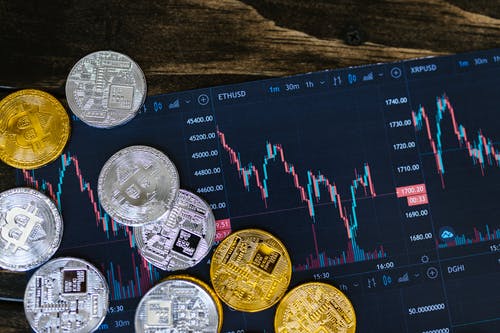

Stablecoins were first seen in the crypto market back in 2014. The very first stablecoin to be released was BitUSD, and it first appeared on the BitShares blockchain. BitUSD was the brainchild of the same people who came up with some of the most popular cryptocurrencies, including EOS and Cardano.
In 2015, another stablecoin called RealCoin was introduced. It was later changed to Tether (USDT). Tether has its value pegged to the US dollar, and it uses the OMNI blockchain. Tether currently tops the list of stablecoins in terms of market capitalization, and it ranks eighth among the generic crypto category for market capitalization.
There is currently a steady demand for stablecoins, and that demand will only continue to grow within the next decade or two. This demand will bring about what financial experts call a “stablecoin invasion.” At present, you can find almost 200 stablecoins all over the world. This includes stablecoins already publicly accessible and those that are still under development.
Types of Stablecoins


There are other types of collateral attaches to stablecoins. Each of them has a particular mechanism to keep the stablecoin prices the same through time.
1. Fiat Backed Stablecoins


The most abundant type of stablecoins is those that are backed by government currencies. These are otherwise known as fiat-backed stablecoins. Examples of fiat collaterals include U.S. dollars, Euros, Yen, etc. The value of the stablecoin is usually pegged in equal ratio to the value of the fiat currency it mirrors. For example, a USD-backed stablecoin would cost USD 1. Converting the stablecoin to another fiat currency follows the standard conversion for the collateral fiat (i.e. USD 1 is equal to EUR 0.850).
Stablecoin companies usually back their fiat stablecoins with the same amount of reserves. The balance between supply and demand and the equal valuation of prices between the collateral and the stablecoin keep the prices uniform over time. However, one of the difficulties with fiat-backed stablecoins is that users cannot check whether the amount held in reserves really matches the supply.
2. Crypto-Backed Stablecoins
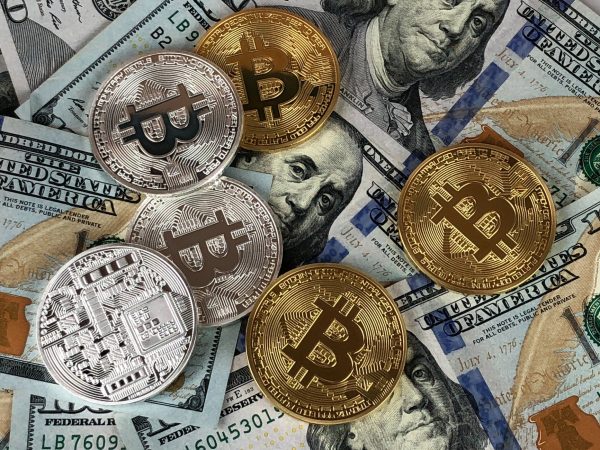

It’s also possible to back stablecoins with other cryptocurrencies to reduce volatility. Most of the time, the collateral is pegged to cryptocurrencies with large market caps, such as Bitcoin or Ethereum. However, most of these cryptocurrencies have highly volatile prices, which means that the price/earnings to growth ratio (PEG ratio) aren’t 1:1. One of the best ways to minimize price instability is to back up the stablecoins with a greater equivalent of reserves than the actual supply of stablecoins. Companies store more of the collateral reserves compared to the actual supply of stablecoins. Using crypto as collateral helps to push the supply of stable coins. It also helps the value of the underlying cryptocurrency to grow.
3. Commodity-Backed Stablecoin


You can also back stablecoins with real commodities, usually gold or precious metals. These stablecoins allow access to assets in a more accessible way that also offers more liquidity. The value of a commodity-backed stablecoin is usually equal to the value of a single unit of the commodity For example, if an ounce of gold costs USD 1,500 then a single gold-backed stablecoin would cost the same. You are still purchasing rights to that specific commodity when ou buy a gold-backed stablecoin, but it will be stored on your behalf. The only problem is that there is also a lack of accurate reporting mechanisms for users to compare reserve supply with stablecoin supply.
4. Algorithm-Based Stablecoins


Algorithm-based stablecoins do not hold any type of collateral, but smart contracts back them up. Remember that demand has an effect both on price and supply. High demand pushes price and supply downwards, while low demand pushes price and supply upwards. To keep prices stable, the supply needs to expand or contract, and this is exactly what smart contracts do.
Smart contracts are essentially algorithms that can adjust supply automatically based on demand. It can also act on those changes automatically. For example, let’s assume that a stablecoin is priced at USD 1. When the price drops below a particular threshold, the algorithm will recognize the change and issue a buy or sell order to manage supply. Doing so will either pull the prices back up or down to their original level.
Algorithm-backed stablecoins are relatively new technology. As such, it comes with a few risks associated with the ability of the algorithm to manage supply based on demand. There is also no way to know if the algorithm can be manipulated by outsiders.
Why Use Stablecoins?


There are a variety of benefits that come with using stablecoins as an investment. Of course, they share the same benefits that cryptocurrencies have like fast, cheap, and secure transactions. All of that comes at less risk and volatility. They are also very liquid and easy to trade, making them the ideal base trading currency.
Less Volatility
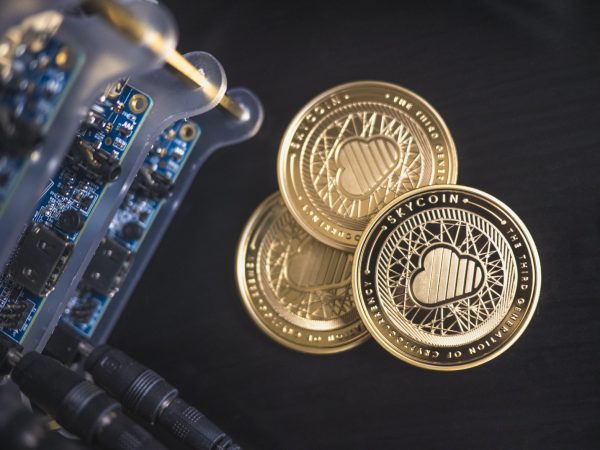

The price stability of stablecoins makes them a great option for conservative investors. Fiat-backed stablecoins are the most stable variation since fiat prices tend to stay the same for long periods. On the other side of the spectrum are highly volatile assets like Bitcoin, crude, and oil, which are highly volatile. These assets are very risky and offer the chance of high profits and high losses in equal measure.
Investors who are risk-averse or are actively pursuing a low-risk strategy can invest in stablecoins as part of their portfolio. Most of the time, investors want to see a varied portfolio containing both low-risk and high-risk asset classes. Investors can fill the low-risk portion of their portfolio with stablecoins. This will help offset potential losses from the higher-risk component of their portfolio. It will also ensure that you get to keep the low-risk portion of your portfolio for much longer. It also offers a more accessible way to own assets that are rare, like gold.
In-Retail Payments


Stablecoins also make for a great method of payment. The high volatility of traditional cryptocurrencies makes them an unstable method of payment. The prices change so often and to such a large degree that it doesn’t work as a mode of payment. In fact, the Bitcoin fiasco has led many companies to stop accepting crypto. This problem will not apply to stablecoins since the prices stay the same. Using collateral minimizes volatility, and the business can get the exact value that is owed to them.
Secure Transactions


Stablecoins are also able to leverage the advantages of cryptocurrencies. That includes transparency, security, and immutability. The use of blockchain technology keeps your transactions irreversible and anonymous. No one can change the transaction details, and no one can view it once it is stored in the blockchain.
Stablecoins also benefit from the decentralized blockchain, which functions independently of financial institutions known for keeping track of their customer’s every move. With it, you can avoid getting tracked by your bank, credit card companies, and even the government.
The private keys to your stablecoins are also necessarily placed in a secure location since anyone with access to your keys can steal your crypto. Crypto wallets are were made specifically for this purpose, and there are both hardware and software solutions offered. Check out this comprehensive guide to some of the best crypto wallets to keep your stablecoin keys safe.
Cross-Border Payments


Stablecoins are also freely transferrable as cash, which speaks of liquidity. It also takes far less time to transfer money via stablecoin than with traditional bank rails. This makes it ideal for cross-border payments and long-distance transactions. The same is true for other cryptocurrencies, which benefit from blockchain technology.
For example, let’s say a person from the US wanted to send some money to a friend in Nigeria. To do so, they can convert traditional euros from their bank account to a USD-backed stablecoin. The recipient can then quickly convert the euro-backed stablecoin into a naira-backed stablecoin using a simple blockchain wallet. No long wait times and excessive fees.
Lower Transaction Fees


They also carry lower trading fees and withdrawal fees than credit card companies and banks. Crypto remittances usually charge just 0.1 to 0.2 percent of the principal. This is a long way from the remittance costs that you get with banks, which charge between 7 and 11 percent. It also usually comes with much lower withdrawal fees. Binance, for example, only charges from US$0.80 to $1.50 for a single withdrawal. However, there may be additional fees that come with exchanging stablecoins for fiat currency.
What Is Blockchain Technology?


Blockchain is the technology behind cryptocurrencies, it is the system that stores information about crypto transactions and manages transactions in this medium. It’s a lot like a financial ledger where you keep score of all incoming and outgoing financial transactions.
In reality, there is no single blockchain for all cryptocurrencies. Instead, there are several blockchains, one for each type of cryptocurrency. As the name suggests, the basic unit in a blockchain is a “block” that contains information about a single transaction conducted with a particular cryptocurrency. Security threads attach the blocks to one another to form a “chain” or a secure ledger. It keeps all details sealed within each block, and no one can delete it or alter it in any way. Still not convinced if crypto is safe? Check out this article analyzing the safety of Bitcoin.
How Does Blockchain Work?


Let’s say, for example, that you paid money to person AA. The particular details of the transaction will be recorded in a block. This includes particular details such as your name, amount transferred, and timestamp. A security feature called proof of work is added to the block. Proof of work is a security mechanism that requires a computer to solve a mathematical problem. Solving the problem confirms the transaction, and allows a new block to be added to the chain.
Blockchains are one of the first financial systems to be decentralized. Instead of being located on a single server, the blockchain is distributed across thousands of computers across the globe. Each computer that belongs to the network is called a node. In turn, a different person or group manages each node.
Nodes have self-correcting capabilities. In case of an error, it can check in with thousands of other nodes and use these nodes as a reference to correct itself. This way, not a single node can change the information held within it. This makes the blockchain virtually impenetrable and secure.
Final Thoughts on Stablecoins


As far as financial innovation goes, stablecoin has got to be one of the best financial breakthroughs of the past decade. There is a growing amount of stablecoins in the market, as companies find more use cases for the technology. As more companies recognize their value and cash-like properties, the more transactions we can expect to be in this particular medium. In the near future, we can expect to see more stablecoins as an option for retail purchases, remittances, and cross-border payments. We will see more of it in decentralized “crypto banks” and will continue to grow in value.
Inevitably, it will disrupt the way we transact and pay for things in the future. If you’re ready to take part in the stablecoin revolution, here is a list of the best crypto exchanges to make a purchase.







